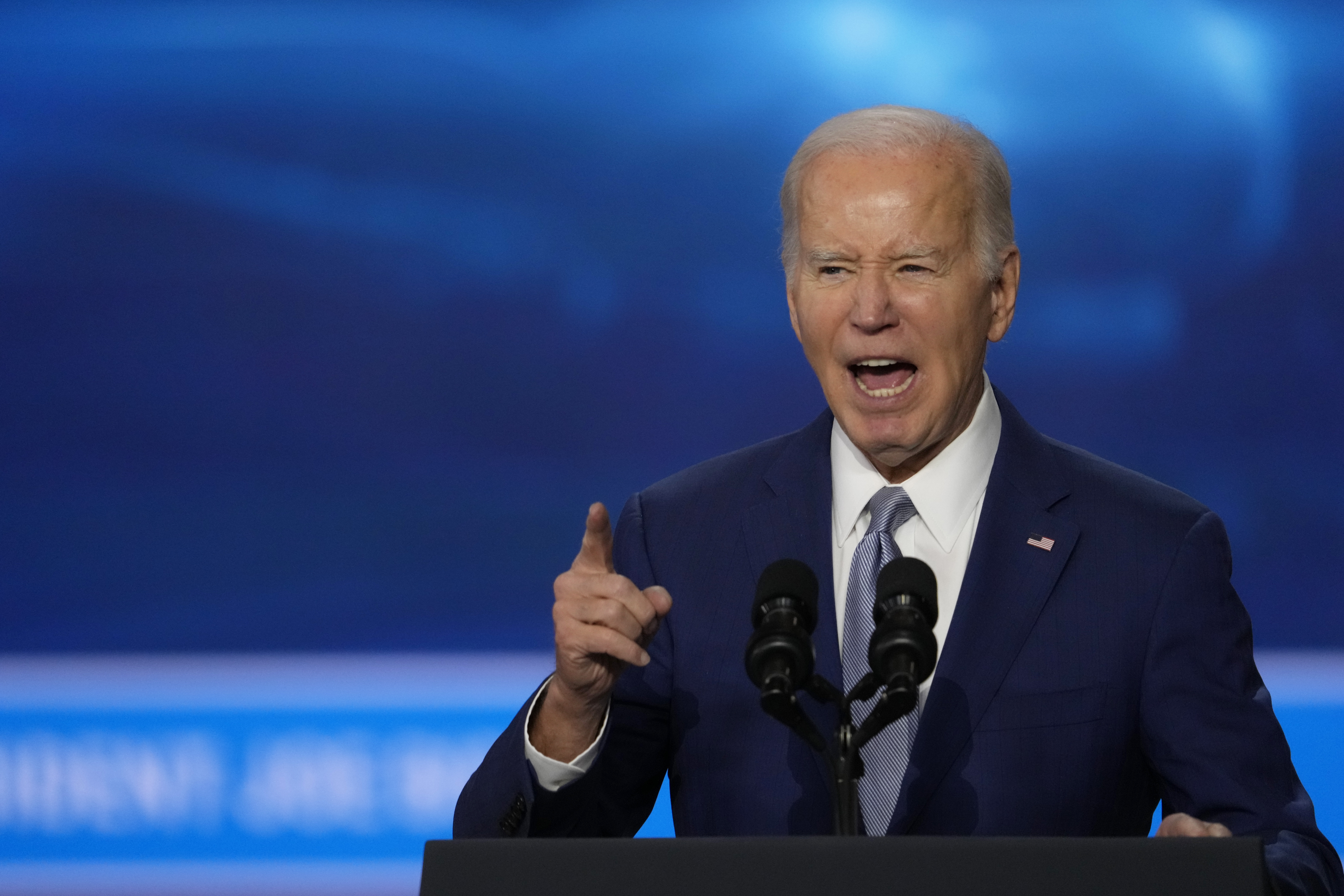The Biden administration is releasing a new labor regulation that would make it harder for employers to skirt minimum wage and overtime obligations by labeling workers as “independent contractors.”
The final rule, announced Tuesday and slated to go into effect March 11, seeks to crack down on employee misclassification. Administration officials say that, though many workers may be legitimately independent, others are merely categorized that way as a cost-cutting maneuver by their employers.
It is likely the new rule will be challenged in court by business groups. But Julie Su, the acting labor secretary, argued that it was a commonsense regulation meant to prevent the most vulnerable workers from being taken advantage of.
“I have traveled and talked to workers across the country who are working full time year-round and still struggle to make ends meet because of misclassification,” Su said on a call with reporters. “They sometimes work side by side with individuals who are properly classified doing the same work. But misclassified employees don’t get paid for all of their hours.”
She called misclassification “one of the key ways wage theft and exploitation happen.”
“I have traveled and talked to workers across the country who are working full time year-round and still struggle to make ends meet because of misclassification.”
- Acting Labor Secretary Julie Su
The independent contractor issue is a major flash point in the gig economy, with app-based platforms like Uber and Lyft built on the notion that drivers are in business for themselves rather than for the tech giants. But the new rule would affect all kinds of industries in which workers’ independent status could be questioned, including transportation, construction, health care and technology.
Jessica Looman, administrator of the Labor Department’s wage and hour division, said the rule rolled out Tuesday would apply only to the Fair Labor Standards Act, the law enshrining a minimum wage and overtime pay, and it wouldn’t affect other areas of labor law, such as a worker’s eligibility to unionize.
“It has no effect on other laws ― federal, state or local ― that use different standards for employee misclassification,” Looman said.
Unlike traditional hourly workers, independent contractors are not entitled to time-and-a-half pay for hours worked beyond 40 in a week. Looman said enforcing the law against misclassification would be a priority for the agency.

Rather than explicitly saying who is and isn’t an employee, the regulation lays out the criteria the Labor Department would consider when determining whether someone is actually working independently. For instance, how much control the person has over their day-to-day duties, how permanent the work is and how integral the work is to the employer’s business.
Flex, an industry trade group that represents gig companies like Uber and Lyft, said in a statement that the rule “could generate significant uncertainty” for those who work on the platforms.
“That’s why we will seek to ensure implementation of this rule does not target workers who overwhelmingly turn to app-based platforms to earn supplemental income on their own terms,” the group said.
The rule is more limiting for employers than one put forth by former President Donald Trump just before he left office, and it’s similar to one developed by former President Barack Obama. Biden moved to rescind the Trump regulation shortly after taking office, signaling a likely return to the crackdown on misclassification in the Obama era.
Su said the Trump rule “departed from long-standing judicial interpretations” on the issue.
“The previous rule made it easier for businesses to misclassify workers,” Su said.
The Labor Department estimates that 22 million U.S. workers are deemed independent contractors. Officials have pointed to an estimate from the National Employment Law Project that 10% to 30% of those contractors should really be classified as employees who would be eligible for workplace protections and benefits.
By using contractors, companies can avoid certain costs associated with employment, such as payroll taxes and workers’ compensation, and also make it more difficult for employees to form unions. Worker advocates and labor unions say misclassification has gotten out of hand, with employers using it to foist the traditional costs of employment onto workers.
The U.S. Chamber of Commerce and other business lobbies have opposed the independent contractor reforms, which the administration first proposed in October 2022. The rule released Tuesday follows a public-comment period in which workers and employers were given the opportunity to weigh in. A lawsuit by opponents could delay or block its implementation.
The Labor Department isn’t the only federal agency looking to tighten the rules around independent contractors. The National Labor Relations Board, which referees union disputes in the private sector, issued a ruling last year that could lead to more workers being classified as employees and therefore be eligible to bargain collectively.
This story has been updated with comment from Flex.
Disclaimer: The copyright of this article belongs to the original author. Reposting this article is solely for the purpose of information dissemination and does not constitute any investment advice. If there is any infringement, please contact us immediately. We will make corrections or deletions as necessary. Thank you.
